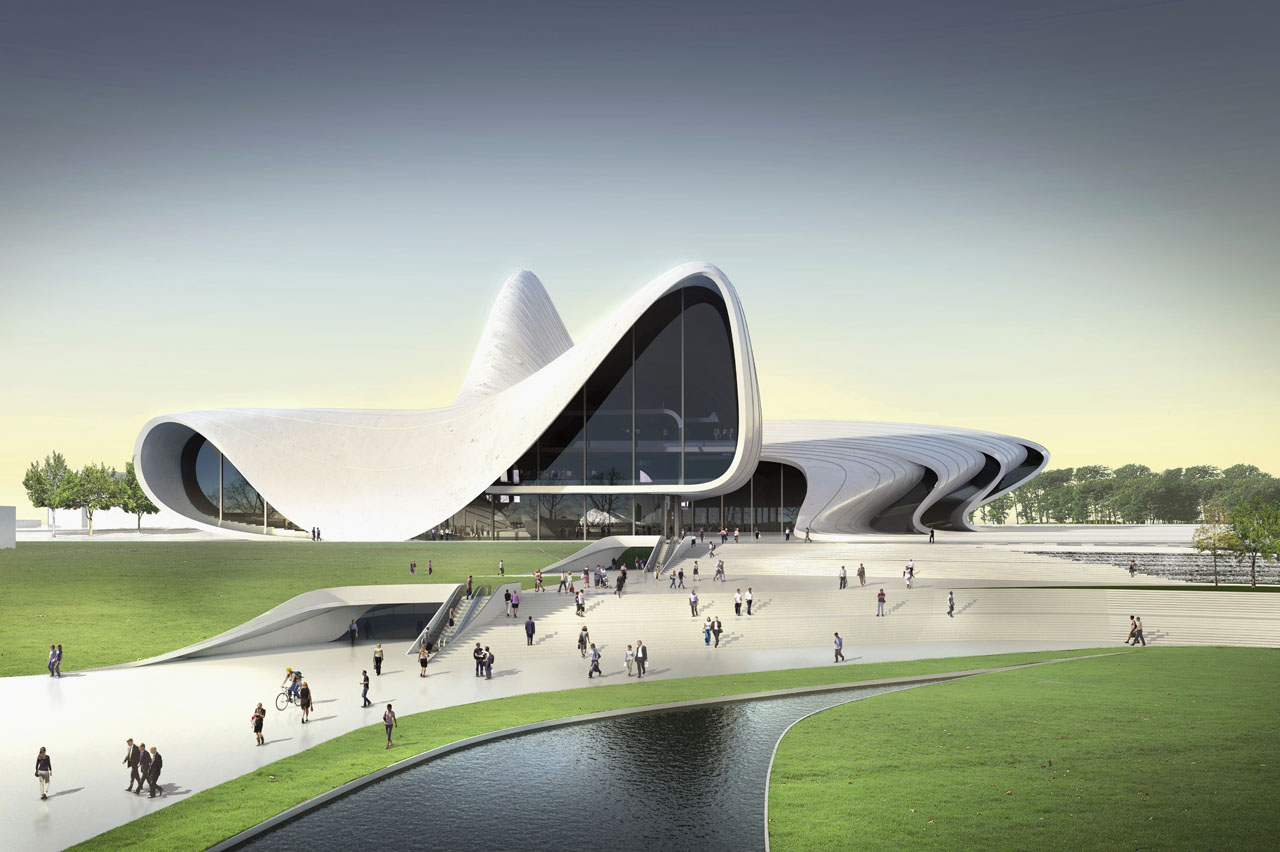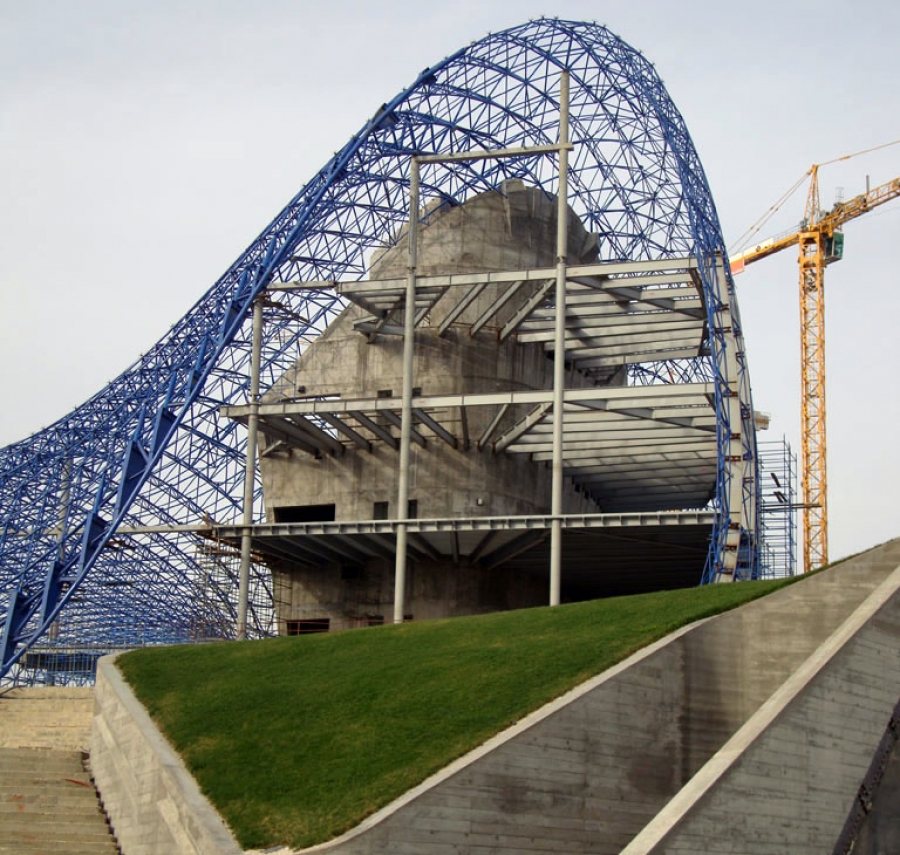Developed in Europe and the United States of America in 1920's and 30's , it dominated the majority of the architectural design in mid 20th century and is still influencing some architects of today. The main characteristics of the design which was introduced in the International style is the introduction of a " visually weightless " visual aspects with the removal of applied ornaments which was common in architecture especially from buildings which remark Art Nouveau. when comparing the architectural design of both of movements one can see a clear and bold difference in the approach of design with the International movement stating the famous "less is more" and the growth of amount of certain materials which were introduced in the design.
 |
| A drastic change from highly decorated Art Nouveau architecture to Simple architecture of International Style |
A drastic increase in the use of glass can be notices which contrast well with the previous design which were build with small windows and huge concrete walls. To remove the bulkiness of the concrete walls a construction method which used steel frames gave the architecture " weightless structure" with less visible concrete. This method which was introduced by architects in from the International Style era is used in today's architecture. this breakthrough in design by the international style architects paved the way to today's architects such as Zaha Hadid. Although Zaha Hadid style consists of strange organic shapes, the principle in construction by using steel frames for construction. If this method was not introduced by the architects of the time, the design of Zaha Hadid and other of today's architects would be rather impossible to produce,
The Buildings which were designed in the era reassembles the work of Walter Gropius and Le Corbusier from the Bauhaus movements which was going on in the same era. Both architects and architects of the international style were using the same principles in their design.
 |
| Philips Pavilion By Le Corbusier |
 |
| Heydar Aliyev Cultural Centre By Zaha Hadid |
 |
| Steel construction frame of Zaha Hadid's Heydar Alyev Cultural Centre |
Le Corbusier which was instrumental in Bauhaus was a great influence in the International movement. He pointed out 5 points which described the "new style " of The International Movement. these are the points which Le Corbusier pointed out,
 |
| Building Designed by Le Corbusier |
- Free Plan, freer and larger interior was made possible by the introduction of pillars and the removal of supporting walls which gave the architects wider choices for their design.
-Ribbon or Stripes of windows. By using just concrete and bricks limited the amount and size of the windows in the buildings designed before The International Movement. By the introduction of pillars structure support enabled the architects to use larger windows which caused more natural light to enter in the interior of the building.
Le Corbusier himself preferred horizontal ribbon of windows to light the space in a uniform way.
- Free Facade
- Roof Gardening which served for more neutral environment awareness and insulation for the building itself.
The 5 elements in architectural design which Le Corbusier is Now a days commonly used in today's architectural design especially the introduction of steel frame, pillars or stilts supporting the structure with introduction of parking spaces inside the building itself and other elements which The International Movement introduced into the design world which changes the way of architectural design today.
Reference-
artlog. (2013). The International Movement. Available: http://www.artlog.co.il/telaviv/what.html. Last accessed 24th November 2013.
Brittanica. (2013). The International Movement. Available: http://www.britannica.com/. Last accessed 23th November 2013.
Reference-
artlog. (2013). The International Movement. Available: http://www.artlog.co.il/telaviv/what.html. Last accessed 24th November 2013.
Brittanica. (2013). The International Movement. Available: http://www.britannica.com/. Last accessed 23th November 2013.
No comments:
Post a Comment